Watch your feet!
The paving on the streets and in the squares of Venice is largely composed of masegni, large stones made out of trachyte quarried in the Colli Euganei. Even the paving has historic significance.
The paving on the streets and in the squares of Venice is largely composed of masegni, large stones made out of trachyte quarried in the Colli Euganei. Even the paving has historic significance.
As time goes by, the canals inevitably tend to fill up because of the constant deposition of anthropic sediments in the lagoon, of material washed away from the canal embankments and the material brought in by the natural ebb and flow of the water. It therefore becomes necessary to cyclically remove the sludge from the bed of the canal to avoid endangering navigation and prevent the degeneration of hygienic conditions.

In Venice (and only in Venice) the median level of the sea as measured in 1897 is used as the reference level. The reason is so that the situation of embankments and buildings in relation to the tides may always be monitored with respect to the same reference point, known as the ‚Äėtide-level-zero‚Äô at the Punta della Salute, where a monitoring station is located. In the rest of Italy, the median sea level (IGM) refers to the level in Genoa in 1942, which is about 23 centimeters higher.
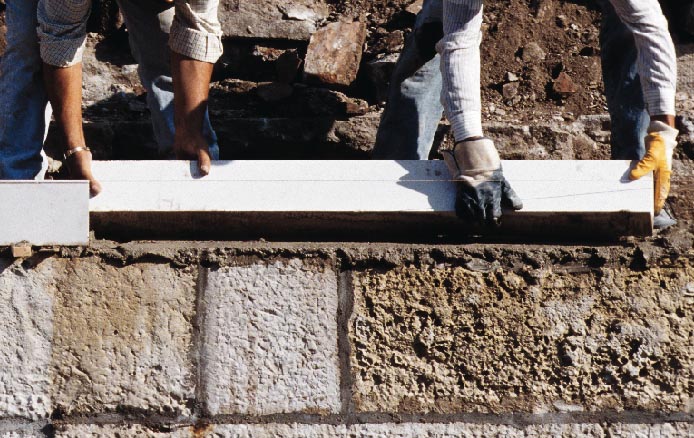
The upper edge of the embankment wall that marks the edge of the fondamenta towards the water; it consists in blocks of Istrean limestone, cut with mortise and tenon joints to avoid horizontal movement when set in place.
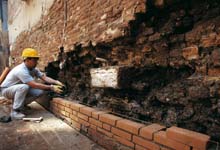
The surface, generally made out of masonry or Istrean stone, constituted by the facing of the embankment walls.
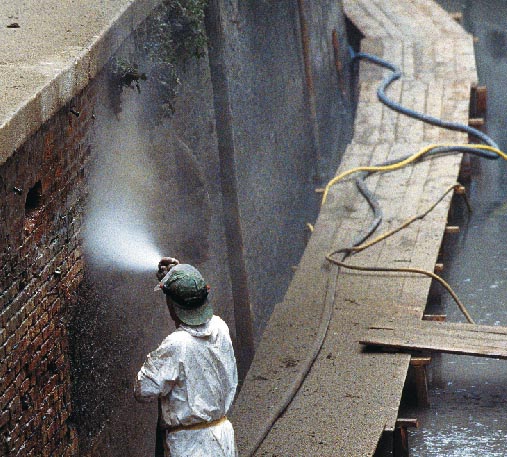
A masonry wall structure that supports the fondamenta along the canal, resting on wood pilings.
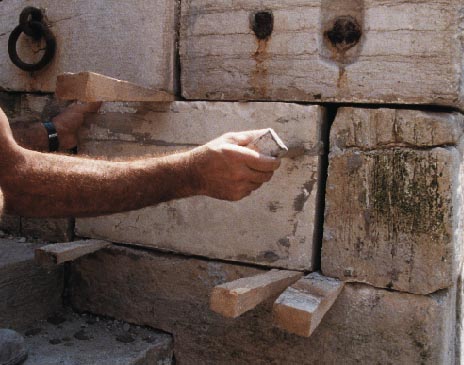
Blocks of Istrean stone cut into parallelepipeds and used for the facing of embankment walls.
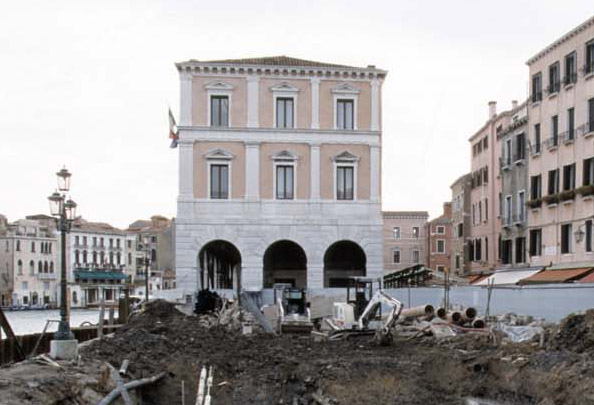
The island of Rialto is one of the most ancient areas of settlement in the historic city of Venice. It was here that, from the earliest origins of the city, important commercial and economic activities were located.

The words ‚Äúcommon high tide‚ÄĚ, ‚Äúcommon marine‚ÄĚ or simply ‚Äúcommon‚ÄĚ indicated the height that must be referred to, for example, when setting the foundations of a building six feet ‚Äúbelow the common‚ÄĚ, dredging the bed of a canal five feet ‚Äúbelow the common‚ÄĚ or establishing the upper edge of the embankments at two feet ‚Äúabove the common‚ÄĚ.
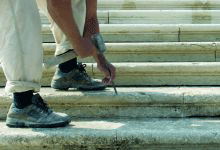
Every step of the two staircases on the bank of La Salute was built, for reasons of economy, by assembling smaller stone elements into one larger one.
Copyright © 2020 Venice Backstage Insula spa, operational division of Venice Municipality; direzione Patrimonio e casa, settore Inquilinato e politiche della residenza; direzione Progettazione ed esecuzione lavori; direzione Programmazione e controllo, settore Programmazione e controllo opere pubbliche e Legge speciale. Designed by teodolinda.it, based on Aperture theme by woothemes.com